History of the USS Monitor
A Revolutionary Vessel
The year was 1861. The nation was in turmoil as the Civil War ravaged the country. The Union had blockaded the important port city of Hampton Roads, Virginia, but word was that the Confederate Navy was constructing an impenetrable ironclad that could break the blockade.
Something had to be done, and fast – and the idea for the USS Monitor was born.
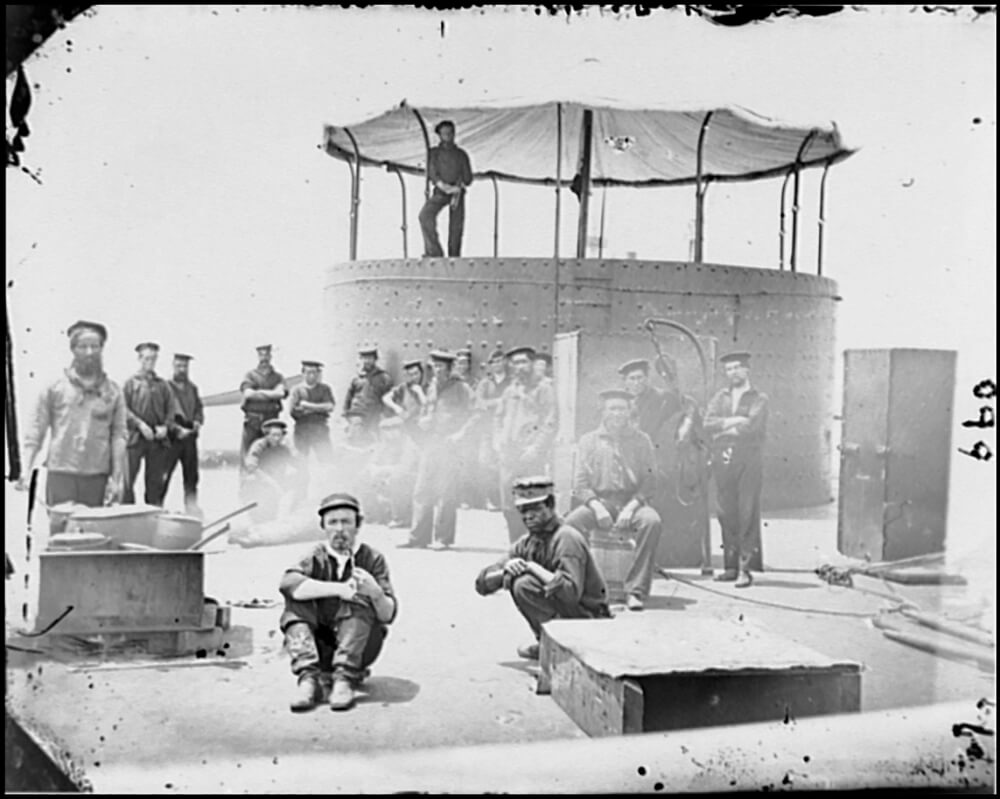
President Lincoln called for a naval board to propose construction of an ironclad vessel to lead the Union Navy. John Ericsson, a Swedish-American inventor, introduced a plan that caught the board’s attention. The USS Monitor would be complete with a rotating gun turret, low draft, sleek profile, and Ericsson's claim as an "Impregnable Battery." The board was convinced to order swift production of the new vessel. Construction immediately began at the Continental Ironworks in Greenpoint, Brooklyn, New York. Almost 100 days later, on January 30, 1862, USS Monitor launched into the East River, ready to do battle.
Battle of Hampton Roads
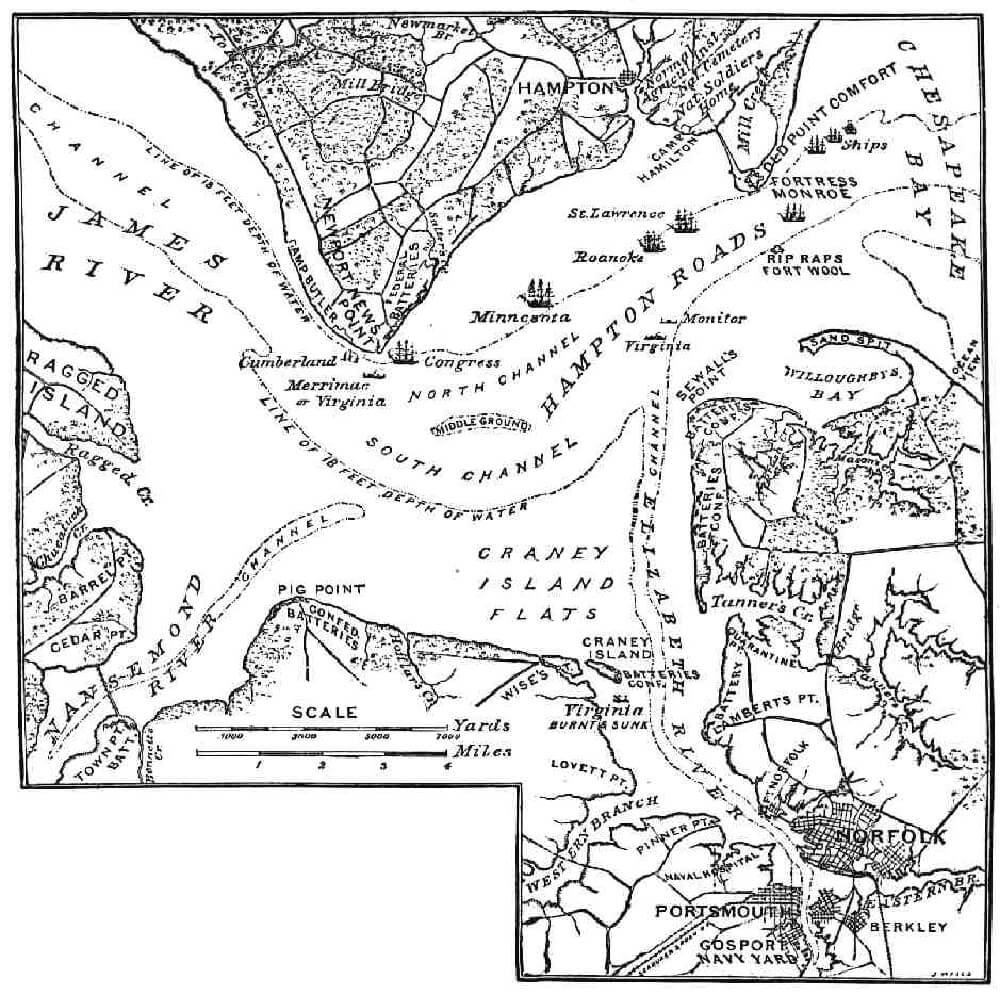
On March 8, 1862, Monitor arrived in Hampton Roads towards the end of dusk. At Hampton Roads, the Elizabeth and Nansemond rivers meet the James River just before it enters the Chesapeake Bay, adjacent to the city of Norfolk. Here, the Union had set up a blockade to cut Confederate strongholds of Norfolk and Richmond off from the rest of the world.
Earlier that day, the Confederate ironclad CSS Virginia made an effort to break the Union blockade. Virginia had free range at the wooden vessels of the Union fleet blockade. Frigates Cumberland and Congress had been destroyed and Minnesota was damaged and stranded. The sky burned a fiery orange deep into the night as flames engulfed the deserted Congress. Monitor’s crew, affectionately known as the "Monitor Boys," prepared for their inevitable fight in the daylight to come.
Early the next morning, CSS Virginia confidently prowled the waters ready to sink Minnesota and the other wounded ships. Imagine the crew's surprise when they saw the unfamiliar outline of Monitor in the distance. The clash of the ironclads was about to begin.
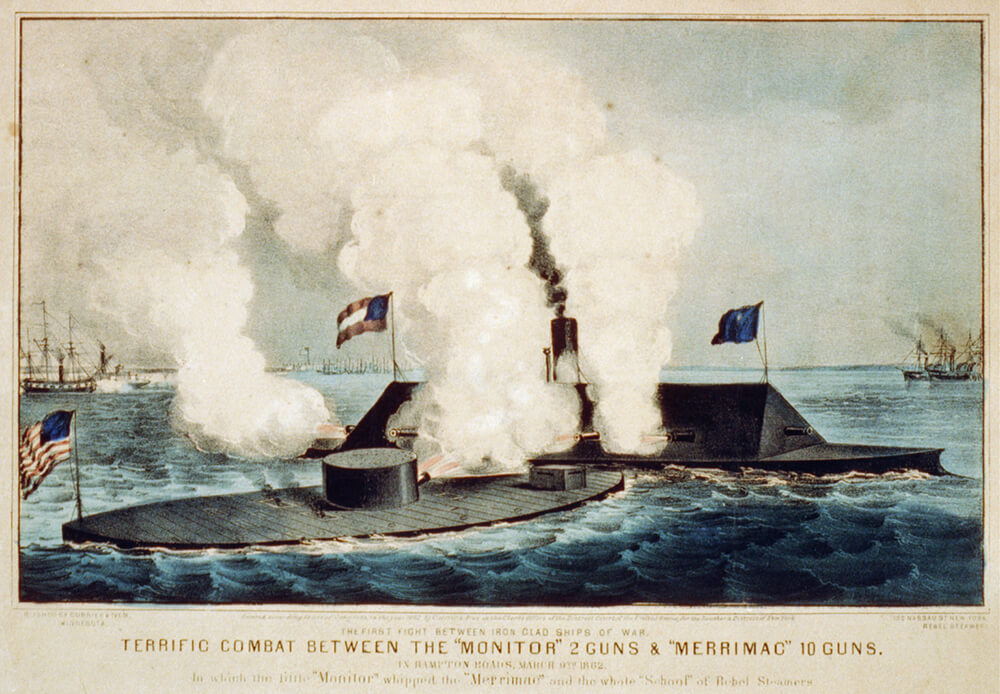
For over four hours the battle raged as the two vessels shot at each other, neither able to inflict serious damage to the other. Ultimately, the battle was a draw, but the outcome was distinctly clear: the worldwide strategies of naval warfare and shipbuilding were changed forever.
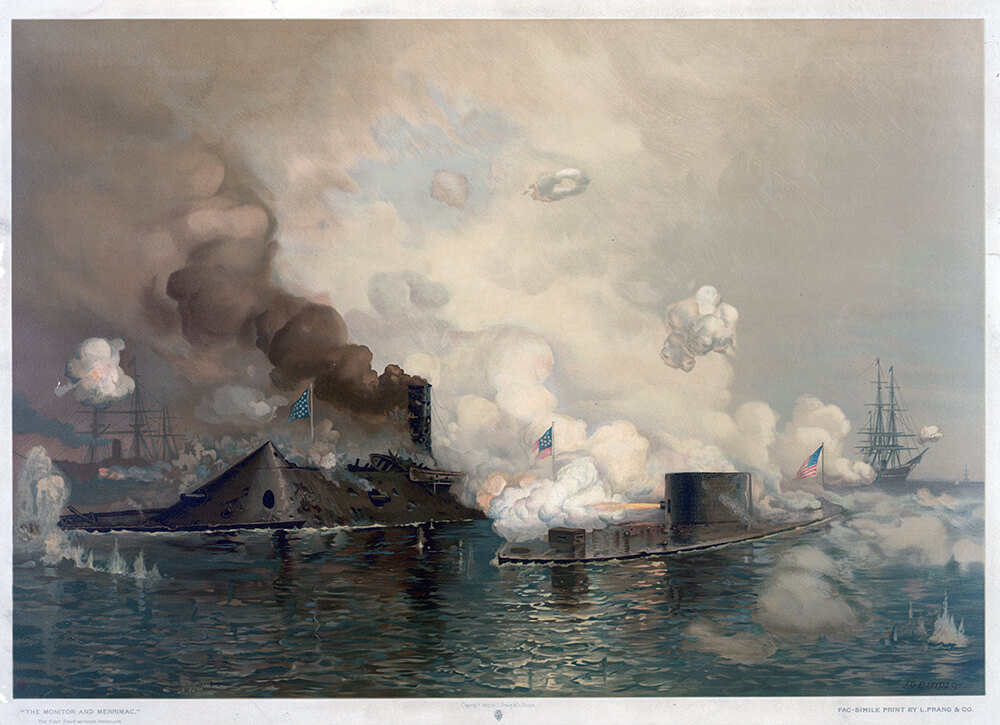
A New Year's Eve to Remember
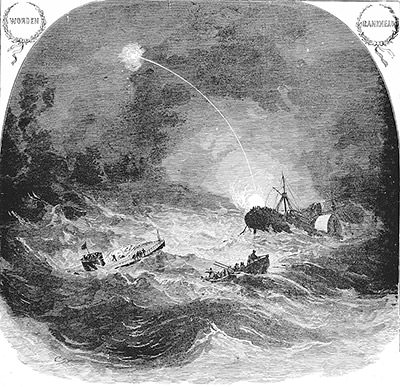
As Union forces moved south, seizing Norfolk, Monitor and its now famous Ericsson turret were needed to lend support. On December 29, 1862, Monitor left Hampton Roads to head to new battles, towed by the side-wheeler frigate USS Rhode Island.
All was well until New Year's Eve, when they were off the coast of Cape Hatteras, North Carolina. A storm struck. The waves grew and the wind howled.
With each pitch and roll, shock waves ravaged the crew and the hull of the little ship. Leaks developed, flooding the engine and reducing steam pressure needed for propulsion. The crew tried using pumps and even bailing with buckets, but the distress was too great. The Monitor Boys raised the signal of distress, a red lantern, and the crew of Rhode Island deployed their lifeboats in an effort to rescue the crew. The turret was the only escape hatch from the ship, and as the men attempted to dash across the deck, many of them were swept into the unknown by the treacherous waves. In the end, Monitor sank beneath the waves and 16 of the brave men on board never met the year of 1863.

